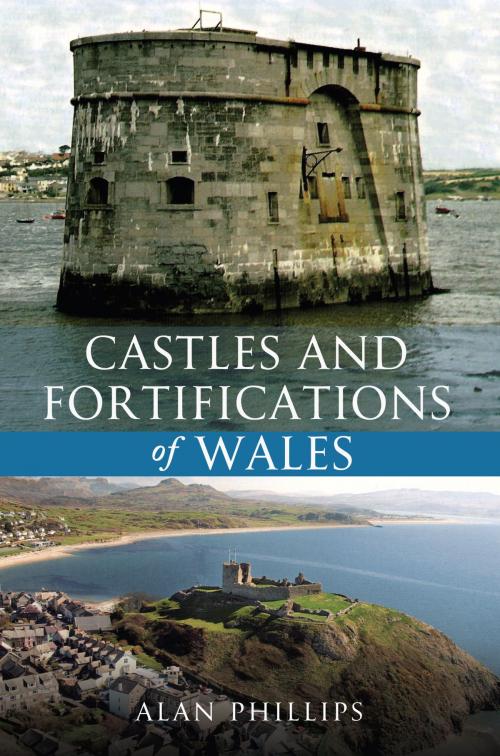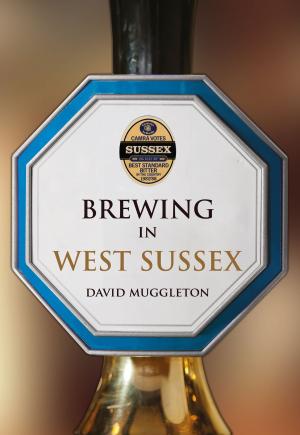Castles and Fortifications of Wales
Nonfiction, Social & Cultural Studies, Social Science, Archaeology, Art & Architecture, Architecture, History| Author: | Alan Phillips | ISBN: | 9781445624846 |
| Publisher: | Amberley Publishing | Publication: | August 15, 2011 |
| Imprint: | Amberley Publishing | Language: | English |
| Author: | Alan Phillips |
| ISBN: | 9781445624846 |
| Publisher: | Amberley Publishing |
| Publication: | August 15, 2011 |
| Imprint: | Amberley Publishing |
| Language: | English |
Wales, a small country, is littered with the relics of war - Iron Age forts, Roman ruins, medieval castles and the coastal forts of the eighteenth and nineteenth centuries. The most ambitious fortifications in Wales were built during the reign of Edward I. They were not only erected to deter invaders, but also to control the frequent Welsh uprisings. The next wave of construction began in the eighteenth century, when a number of forts and gun emplacements were built, mostly in South Wales, to deter a seaborne invasion. The twentieth century introduced a new mode of defence, especially during the two world wars, in the form of pillboxes, tank traps and gun emplacements. The various airfields constructed were the most visible form of defence and could be regarded as the castles of the period. During the Cold War era, a new type of structure appeared throughout Wales. These were the reinforced concrete bunkers built to protect military and governmental departments and to withstand a nuclear blast. The country contains examples of military architecture from every century from the Iron Age to the present day. In Castles and Fortifications of Wales, historian Alan Phillips proves a compelling guide to the nation's martial past.
Wales, a small country, is littered with the relics of war - Iron Age forts, Roman ruins, medieval castles and the coastal forts of the eighteenth and nineteenth centuries. The most ambitious fortifications in Wales were built during the reign of Edward I. They were not only erected to deter invaders, but also to control the frequent Welsh uprisings. The next wave of construction began in the eighteenth century, when a number of forts and gun emplacements were built, mostly in South Wales, to deter a seaborne invasion. The twentieth century introduced a new mode of defence, especially during the two world wars, in the form of pillboxes, tank traps and gun emplacements. The various airfields constructed were the most visible form of defence and could be regarded as the castles of the period. During the Cold War era, a new type of structure appeared throughout Wales. These were the reinforced concrete bunkers built to protect military and governmental departments and to withstand a nuclear blast. The country contains examples of military architecture from every century from the Iron Age to the present day. In Castles and Fortifications of Wales, historian Alan Phillips proves a compelling guide to the nation's martial past.















